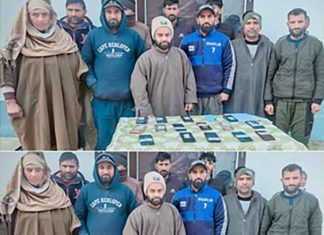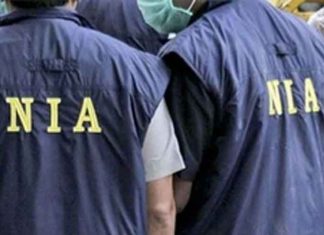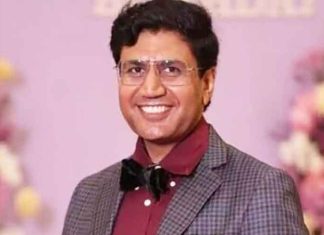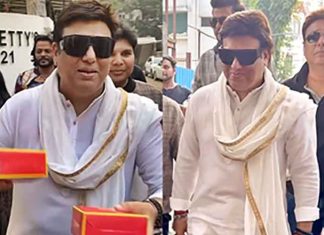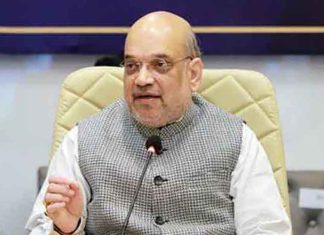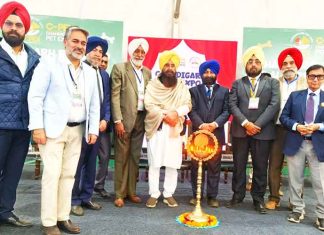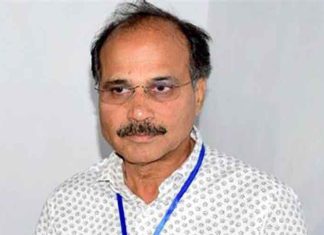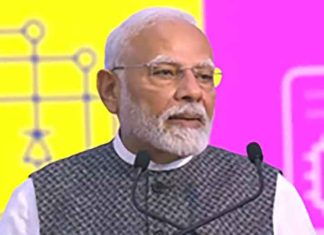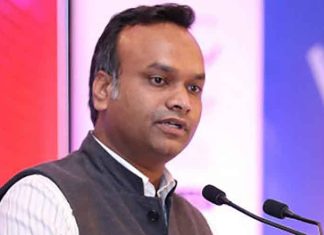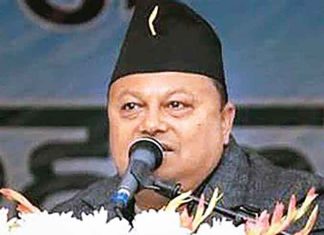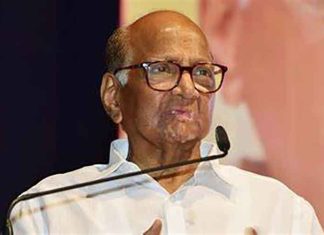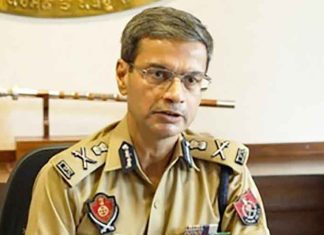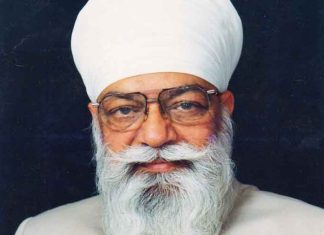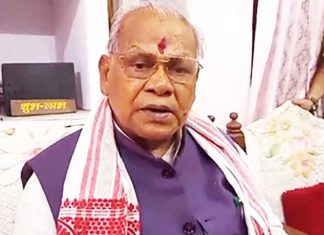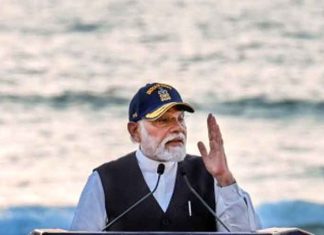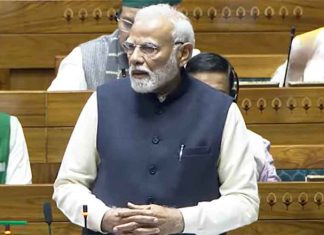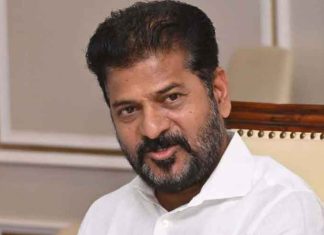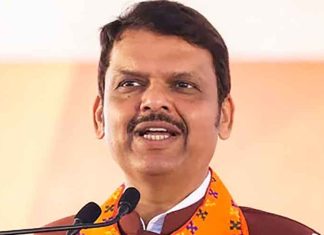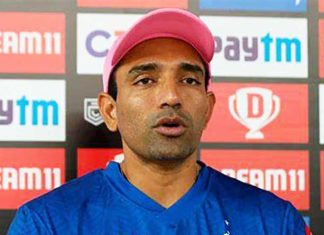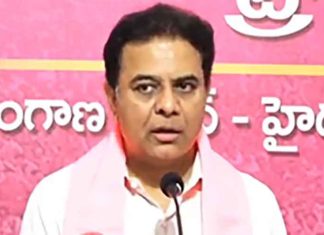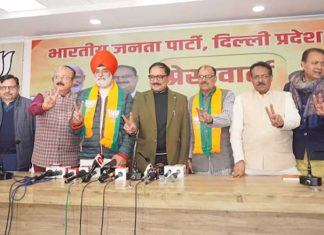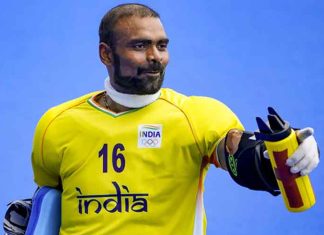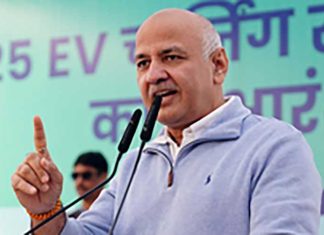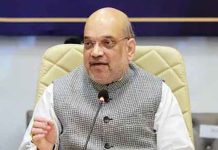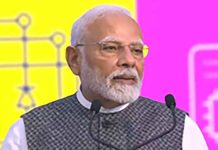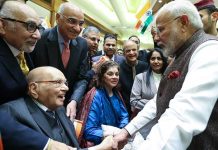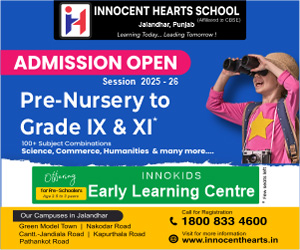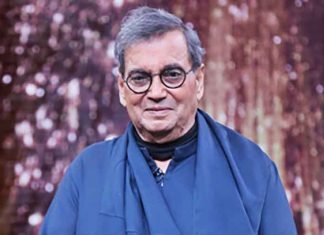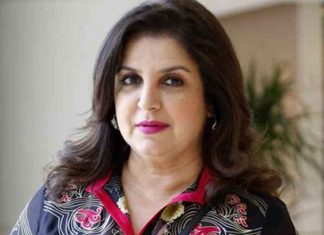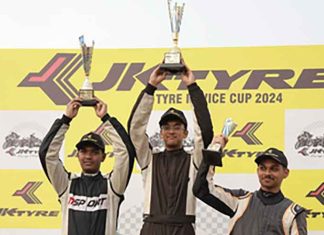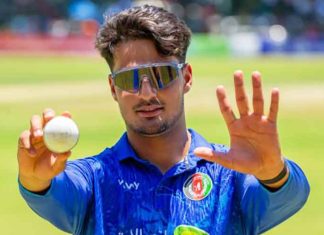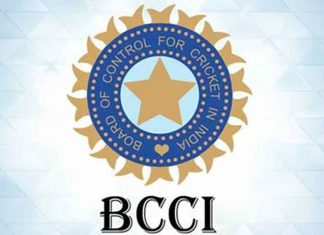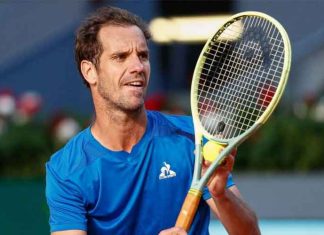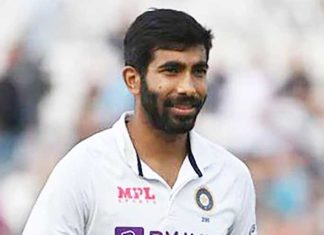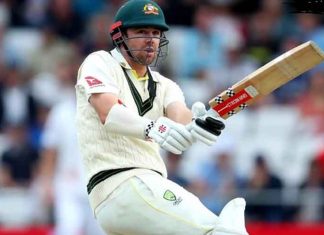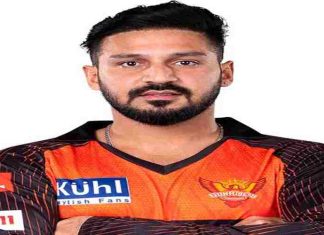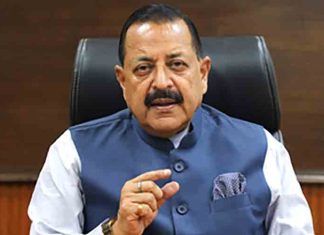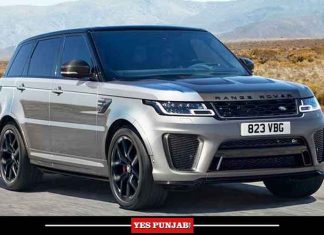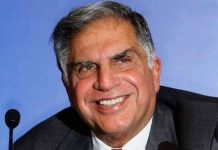New Delhi, June 28 2024-
India is the largest two-wheeler market in the world with a collective number crossing over 0.35 billion and a whopping 21.4 million units sold in 2023 and a growth rate of 2.43% YoY, yet from a motorsport perspective, we are still evolving.
Globally, motorcycle racing is segmented into off-road racing (both either on circuits or open courses), road racing, trials, speedway and track racing. In India, dirt biking, adventure, performance, and track racing are gaining traction, but there is a need for a broader product portfolio beyond the imports that dominate the market today. The high cost of bikes, spares, accessories, tracks, trainers, and physical opportunities remains a significant barrier for many enthusiasts.
One could say that motorsports in India is on the cusp of a revolution. The past few years have seen a significant uptick in interest and participation across various forms of motorsports, from the Indian National Rally Championship (INRC) to the recent addition of MotoGP. The core audience of motorsports in India is the 18-45 age group which is predominantly male but we have been seeing growing enthusiasm among women, both in terms of participation as well as consumption, which is a clear indicator that India is ready to embrace motorsports as a mainstream sporting and entertainment avenue.
The advent of the internet has significantly changed the mindset of riders and enthusiasts, creating a more informed and passionate community according to their likes and dislikes. India has a leading play when it comes to social media platforms, particularly Facebook, hosting some of the largest motorsport communities globally. This digital revolution has connected riders and fans, fostering a vibrant motorsport culture.
“The Federation of Motor Sports Clubs of India (FMSCI) has played a pivotal role in promoting and supporting motorsports in the country over the past few years,” Eshan Lokhande co-founder of ISRL told IANS.
“The FMSCI has been instrumental in bringing high-profile international events such as MotoGP and Formula E to India and ensuring their smooth operation by overseeing logistics, safety, and regulatory compliance. The federation provides resources like trained marshals and medical support, which are critical for the successful execution of any motorsport event.
“Additionally, the FMSCI has worked closely with local promoters and international bodies like the FIA and FIM to foster a conducive environment for motorsports. Their continuous advocacy for better policies and infrastructure has significantly contributed to the growth and recognition of motorsports in India, positioning our country as a burgeoning hub for the sport on the global stage,” he further added.
However, the recent successes, particularly with the Indian Supercross Racing League (ISRL), have been heart-warming. The inaugural season of the ISRL saw a season-total attendance nearing 30,000 enthusiasts cheering for their teams and sports celebrities. It opens a new avenue for brands and partners to cater to the niche audience that directly impacts the financial growth of the league thus, laying a strong foundation for the sport’s expansion in India. Packed stadiums in Pune, Ahmedabad, and Bangalore have proven the viability and acceptance of motorsports in India, setting the stage for future growth.
“While ISRL has garnered significant attention, it’s essential to highlight the contributions of other motorsports events in India. The INRC has been pivotal in promoting rallying as a sport, consistently attracting top-tier talent and fostering a robust community of rally enthusiasts. Similarly, the Indian Racing League (IRL), has been instrumental in nurturing young driving talent, providing a platform for drivers to compete in high-stakes environments and gain international exposure. Providing a platform for drivers to compete in high-stakes environments and gain international exposure,” he concluded.
The entry of MotoGP into India marks a monumental step forward. This prestigious event not only boosts the sport’s popularity but also contributes to the development of world-class racing infrastructure, further solidifying India’s position on the global motorsports map.
Despite the large population and growing interest, India has only a few internationally recognized motorsport stars like CS Santosh, Gaurav Gill, Harith Noah, Narain Karthikeyan and Jehan Darukhanwala. For a country with 1.4 billion aspirations, this is a stark contrast. To truly elevate motorsports in India, we must focus on several key areas: developing world-class tracks and facilities to host both local and international events, encouraging corporate investment in motorsport teams and events, creating opportunities for broader participation through an open-door policy, securing increased government support to provide necessary resources and recognition, and implementing grassroots programs to nurture young talent from an early age. These steps are essential to transforming India into a significant hub for motorsports and fostering a thriving, competitive environment for enthusiasts and professionals alike.
A thriving motorsport industry in India will place the country on the global sports map, attracting international tourism and investment. It will also open up new career opportunities in sports, engineering, and management, contributing to the overall economic development. Motorsports can inspire millions of young Indians, fostering a spirit of competition, innovation, and excellence. The recognition of motorsports as a viable career path can lead to the emergence of new champions who will carry the Indian flag on international podiums. (Agency)





